Top 10 World's Oldest Banks That Still Exist Today
 |
| Oldest surviving banks. Photo: KnowInsiders |
Because they play a key role in creating a financial system that ought to support every aspect of society, banks rank among the most significant institutions in the development of any nation. Banks' traditional responsibilities included receiving deposits, transferring money, exchanging money, and making loans.
Although banks still perform these roles, their modern counterparts are primarily concerned with offering easy ways to make payments and a money supply that can adjust to meet the demands of the business community. Furthermore, compared to earlier times, modern banks are more centralized and subject to government regulation.
The Role Of Financial BackingEven though every bank has a unique history, the fact that these establishments have endured for centuries is largely due to the support these institutions have always received from strong organizations. This support gave the banks the stability and security they needed, which is crucial to their business strategy. The Bank of England's history provides the best illustration. Even though it was owned by influential shareholders for a considerable amount of time, the English government consistently supported this bank, and it continues to be the government's bank. Additional instances of this are the Berenberg Bank, which was supported by the Berenberg family. The Future Of BankingBanks will continue to play a significant role in society in the future, but there will undoubtedly be new systems and trends involved as well. With so many more banks accessible to the public, there is now much more competition amongst them. Because personal banking is now much more accessible, new models like online banking will play a bigger role and increase things like the number of transactions and interactions people have with their own banking. Overall though, since people will still use banks for money transfers, deposits, exchanges, and borrowing, the idea of a bank will not change. |
Which are the 10 Oldest Surviving Banks in the World?
1. Banca Monte dei Paschi di Siena
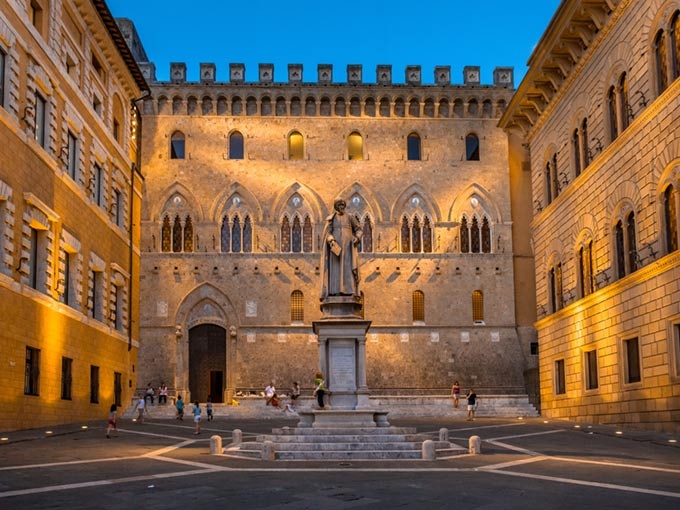 |
| Photo: Studio Vaselli & Associati |
| Table of Contents |
The oldest bank in existence worldwide is Banca Monte dei Paschi di Siena, or BMPS. It was established as the Monte di Pietà by decree of the Republic of Siena's Magistrature in 1472, and it has been in continuous operation ever since.
Following Italy's unification in the 17th and 18th centuries, BMPS extended its operations nationwide and provided Italian citizens with the nation's first mortgage loans.
BMPS is currently Italy's fourth-biggest commercial retail bank. Like a number of other major banks across the globe, BMPS has received government support in recent years to prevent a shutdown.
2. Berenberg Bank
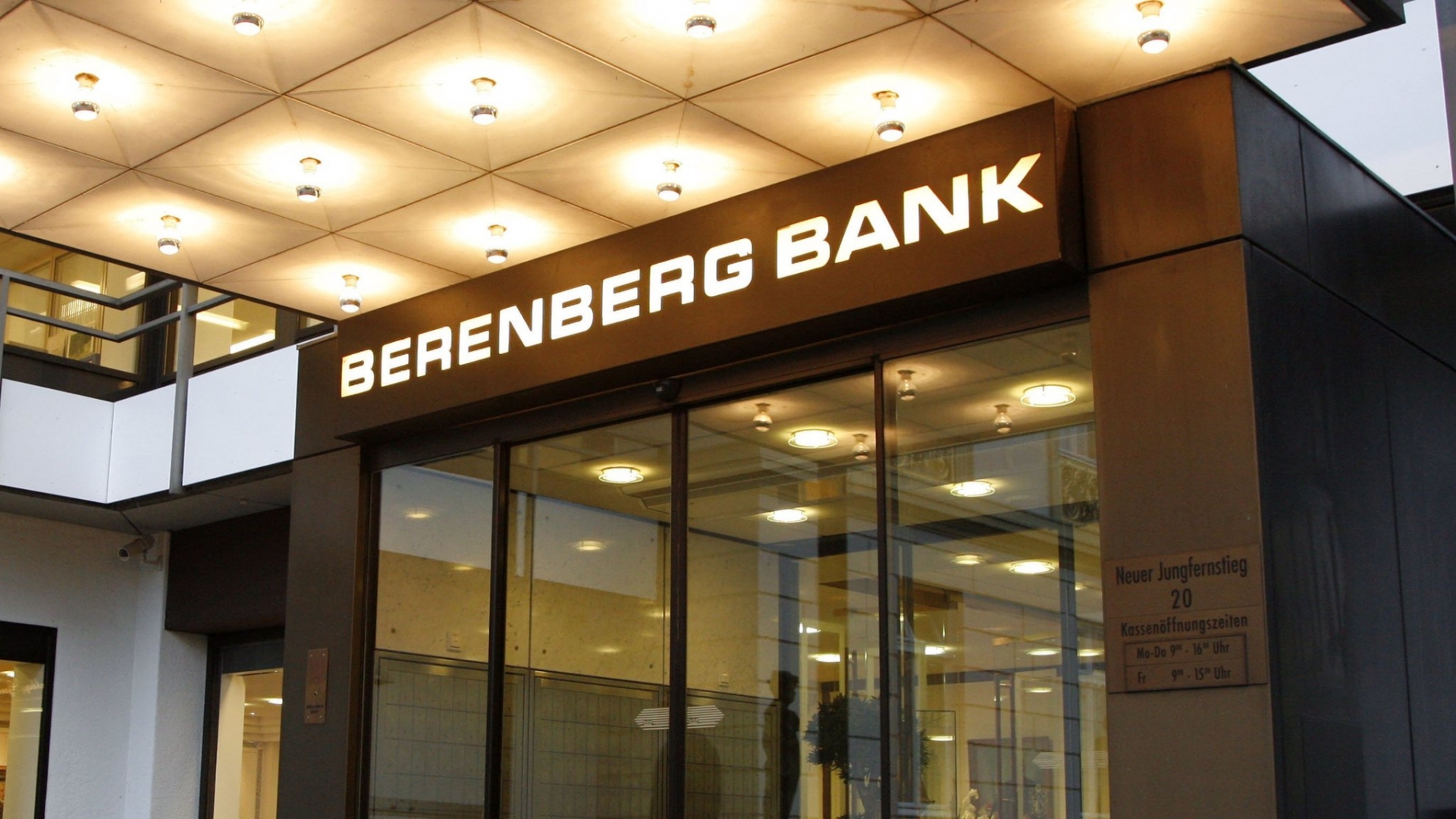 |
| Photo: Financial Times |
Berenberg Bank, officially known as Joh. Berenberg, Gossler & Co. KG, is the world's oldest merchant and private bank, having been in operation since 1590, when it was founded by the Berenberg-Gossler family.
The bank's legal identity and name have never changed, and it is still owned by a descendant of the original founders.
It is named after Johann Berenberg and his son-in-law Johann Hinrich Gossler, who were cloth merchants before becoming merchant bankers.
The bank's logo, which has never been changed, combines the Berenberg (the bear) and Gossler (the goose foot) families' coats of arms.
 Top 10 Best Saving Accounts and Rates in the U.S for October 2022 Top 10 Best Saving Accounts and Rates in the U.S for October 2022 Which bank in USA gives highest interest on saving accounts & rates. We ranked the top 10 US banks with the best savings account interest ... |
3. Sveriges Riksbank
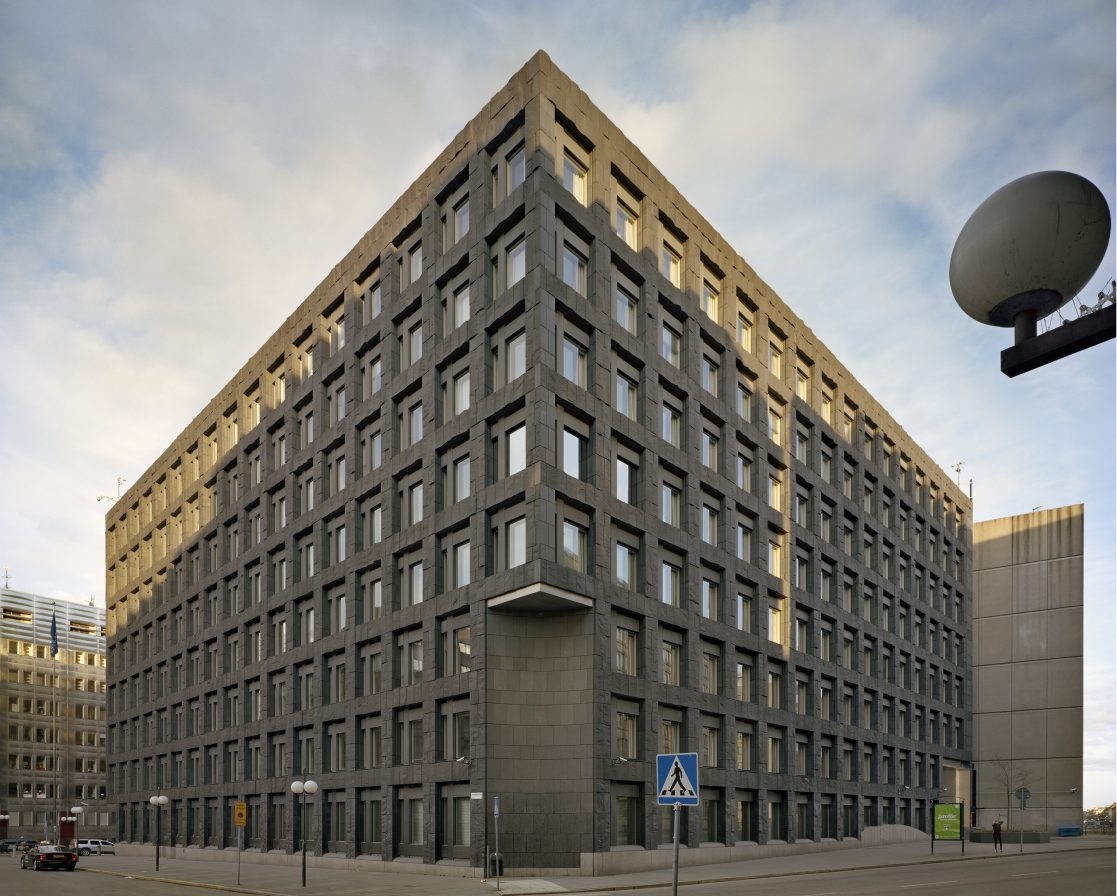 |
| Photo: Johan Fowelin |
Sveriges Riksbank, commonly called Riksbanken, is the central bank of Sweden and the third oldest bank in continuous operation – it is also the world's oldest central bank.
The bank was established in 1668 under the direct control of the Riksdag of Estates (Sweden's highest authority after the king at the time) to prevent the king from interfering with the bank's affairs.
4. C. Hoare & Co
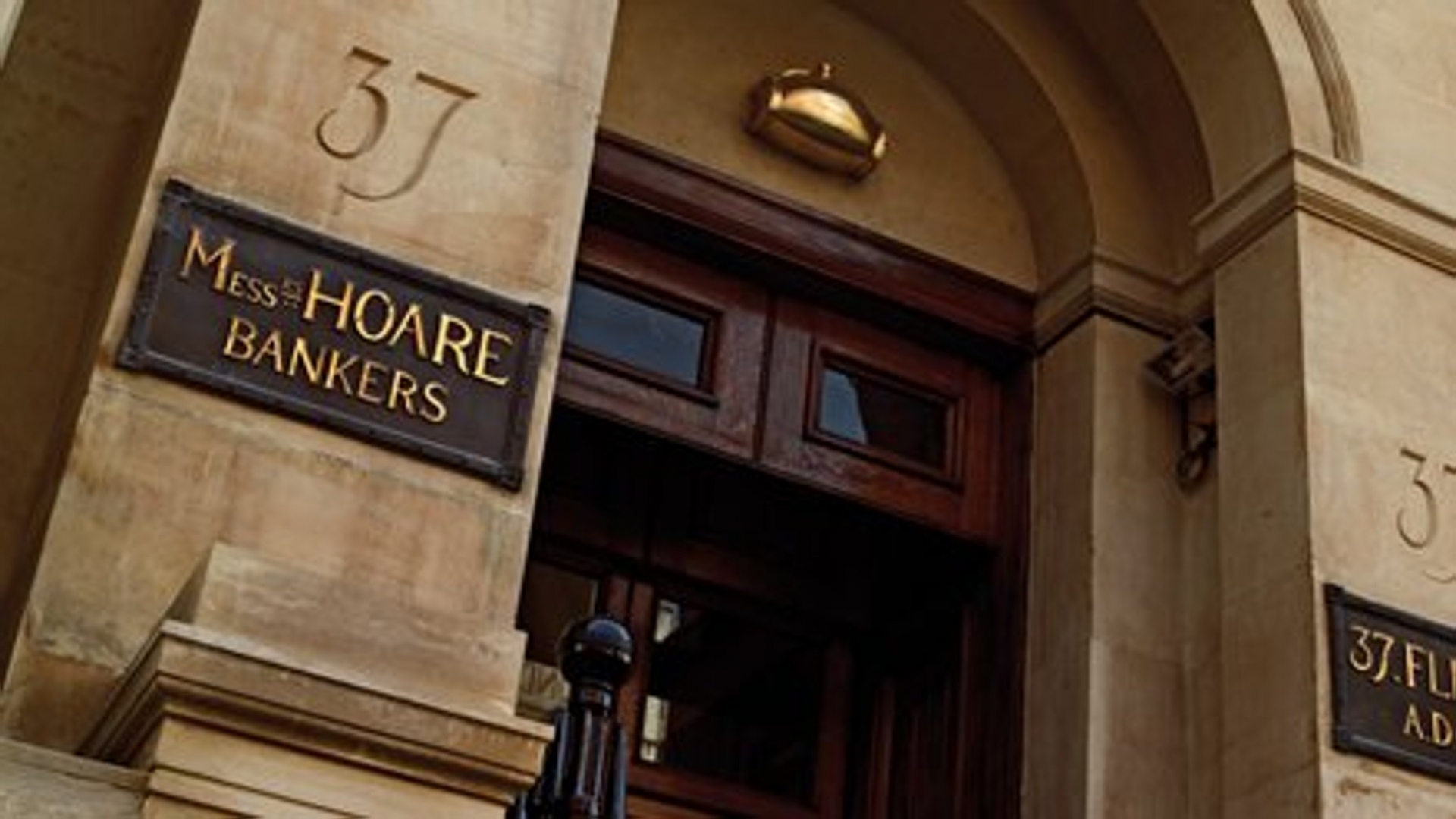 |
| Photo: Financial Times |
Under the king's control, Sweden's previous bank, Stockholms Banco, failed because it issued too many notes without proper collateral. After the establishment of a new national legislature in 1866, the bank was given its current name, Sveriges Riksbank. Following the early-2000s global financial crisis, the bank closed all of its branches in Sweden and outsourced coin and bill handling to a private company.
C. Hoare & Co is the oldest and smallest private bank in the United Kingdom. Sir Richard Hoare founded it in 1672, and it is still owned by his family, with his 10th and 11th generation descendants running the bank. The bank provides loans, mortgages, savings accounts, and tax and estate planning services to high-net-worth clients. The bank pioneered many aspects of modern banking, including printed checks, in the 18th century.
C. Hoare & Co, England's oldest and most prestigious bank, has many famous clients, including Lord Byron, Jane Austen, Eton College, and Catherine of Braganza, King Charles II's wife.
 Top 10 Oldest Buildings In The World - The First Buildings Top 10 Oldest Buildings In The World - The First Buildings Keep reading the detailed article below for the list of top 10 oldest buildings in the world - The First Buildings. |
5. Bankhaus Metzler (Metzler Bank)
 |
| Photo: OCEANS & COMPANY |
Benjamin Metzler founded Bankhaus Metzler in 1674 as a cloth trading business. Metzler, who was born in Saxony, moved to Frankfurt in 1671 and worked as a bookkeeper in a well-known drapery firm before starting his own business. Around 1760, the company became a bank, and Friedrich Metzler became the family's first official banker.
Instead of stockbroking, the bank focused on providing individual financial services at the end of the nineteenth century. Metzler now works as a merchant banker, in securities transactions, as an asset manager, and as a corporate finance consultant.
6. Barclays
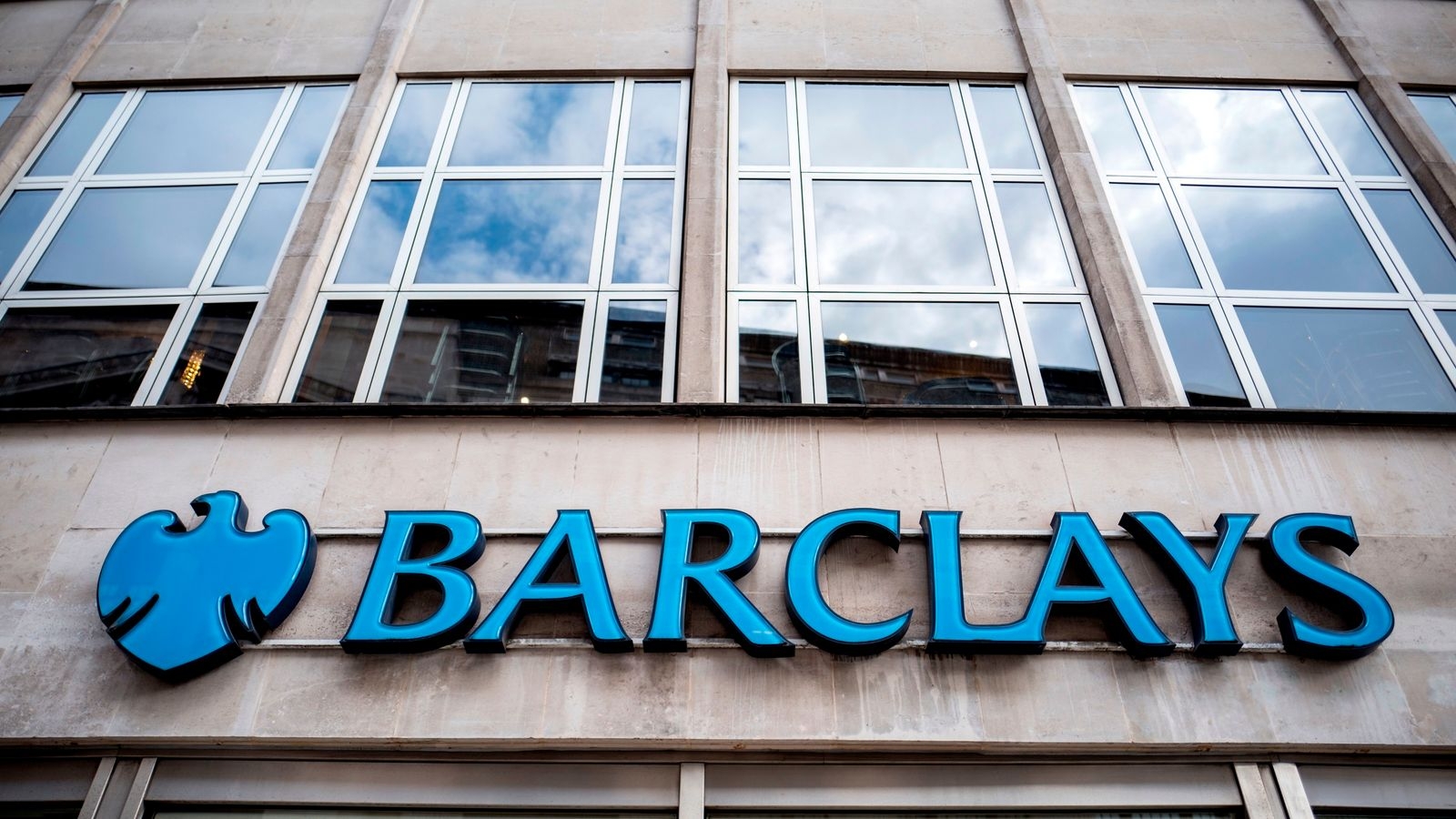 |
| Photo: Sky News |
Barclays is one of the world's largest multinational banks and the sixth oldest still in operation. John Freame and Thomas Gould founded the bank in 1690 as a goldsmith banking business. In 1736, Freame's son-in-law, James Barclay, became a partner in the business, prompting people to refer to it as "Barclays."
Barclays began expanding its business by acquiring smaller English banks in the early 1900s and continues to do so today. Because of its size and global presence, Barclays has been embroiled in a number of scandals, including allegations of money laundering and tax evasion in 2009, electricity market manipulation in the United States in 2008, and gold price manipulation in 2008.
7. Coutts
 |
| Photo: The Guardian |
Coutts is another English bank founded in the 17th century. John Campbell, a young Scottish goldsmith-banker, founded the bank, which was originally a goldsmith-banker's shop, in 1692. Campbell left the business to his family after his death in 1712, and his granddaughter, Polly, married a merchant and banker named James Coutts in 1755.
When Polly and her father died in 1760, James was left the bank and the majority of the Campbell fortune, which he named after himself. Coutts has been owned by the Royal Bank of Scotland (RBS) since 2000. RBS sold Coutts International to Union Bancaire Privée for an undisclosed sum in order to focus its efforts in the United Kingdom.
8. Stadsbank van Lening — Netherlands, 1614
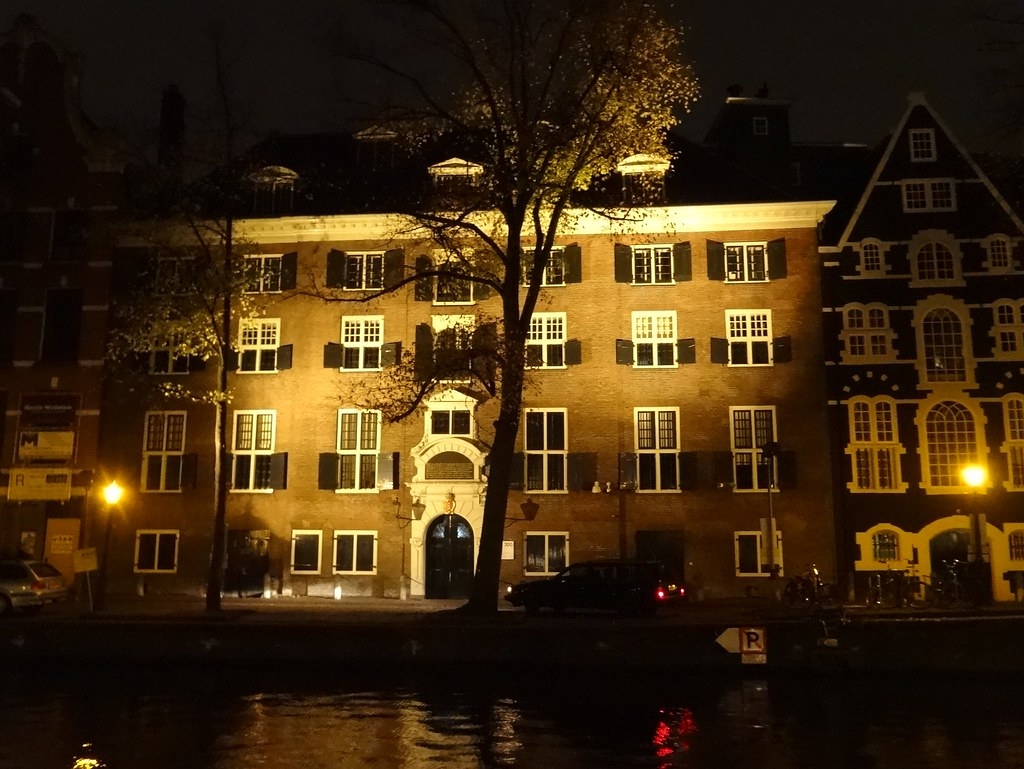 |
| Photo: Flickr |
In 1614, the non-profit Bank van Lening (pawnbroker) was established in Amsterdam, Netherlands. Six branches, two stores, and an auction house make up the bank. As collateral, Stadsbank van Lening accepts gold and silver jewelry, diamonds, and various goods (such as bicycles, musical instruments, and digital cameras).
All pawned items may be kept at the bank for up to 6 months. If previous owners do not repurchase items at the end of the term, they will become the property of the auction house.
9. Bank of England — England, 1694
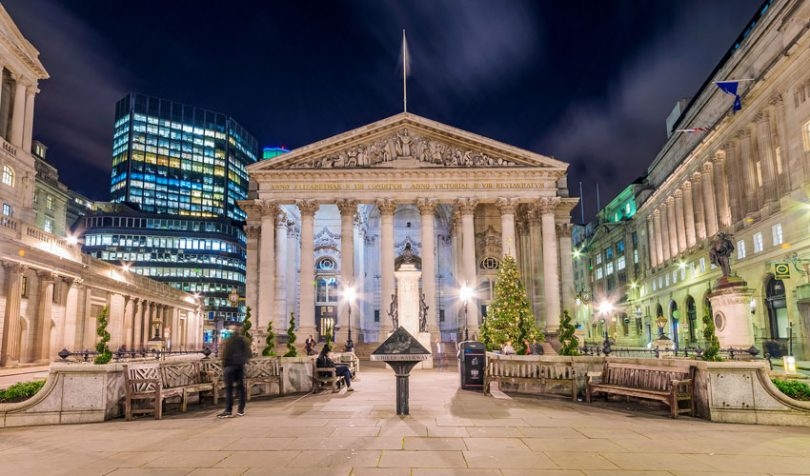 |
| Photo: Ledger Insights |
The Bank of England began as a private bank that served as the Government's banker. It was established primarily to fund the war effort against France. The original stockholders included the King and Queen of the time, William and Mary. The bank is thought to have been established on July 27, 1694.
In 2006, Britain's largest cash robbery occurred at the Bank of England. Raiders robbed the Securitas depot in Tonbridge, Kent, of £53,116,760.
10. Bank of Scotland — Scotland, 1695
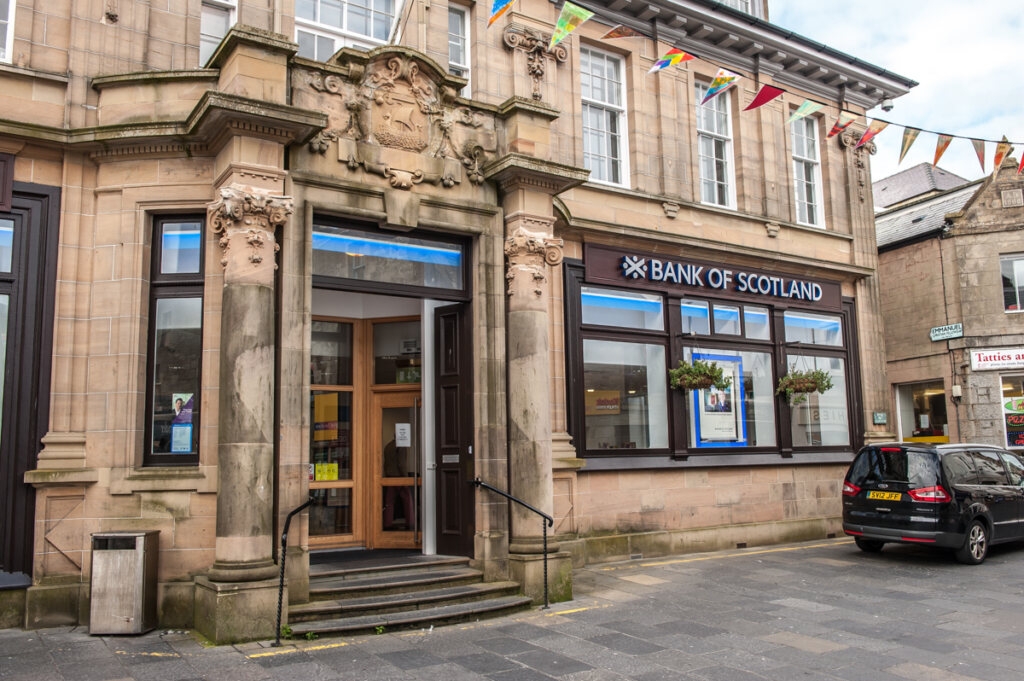 |
| Photo: The Shetland Times |
On July 17, 1695, an Act of the Scottish Parliament established the Bank of Scotland. It was one of the first banks in the UK and the oldest and first bank in Scotland.
The political and commercial elite of Scotland made up the majority of the original 172 shareholders. They needed a banking system that would provide landowners and retailers with long-term credit and security.
The Bank of Scotland issued paper money for the first time in European history in 1696. The Bank has continued to have the authority to issue notes.
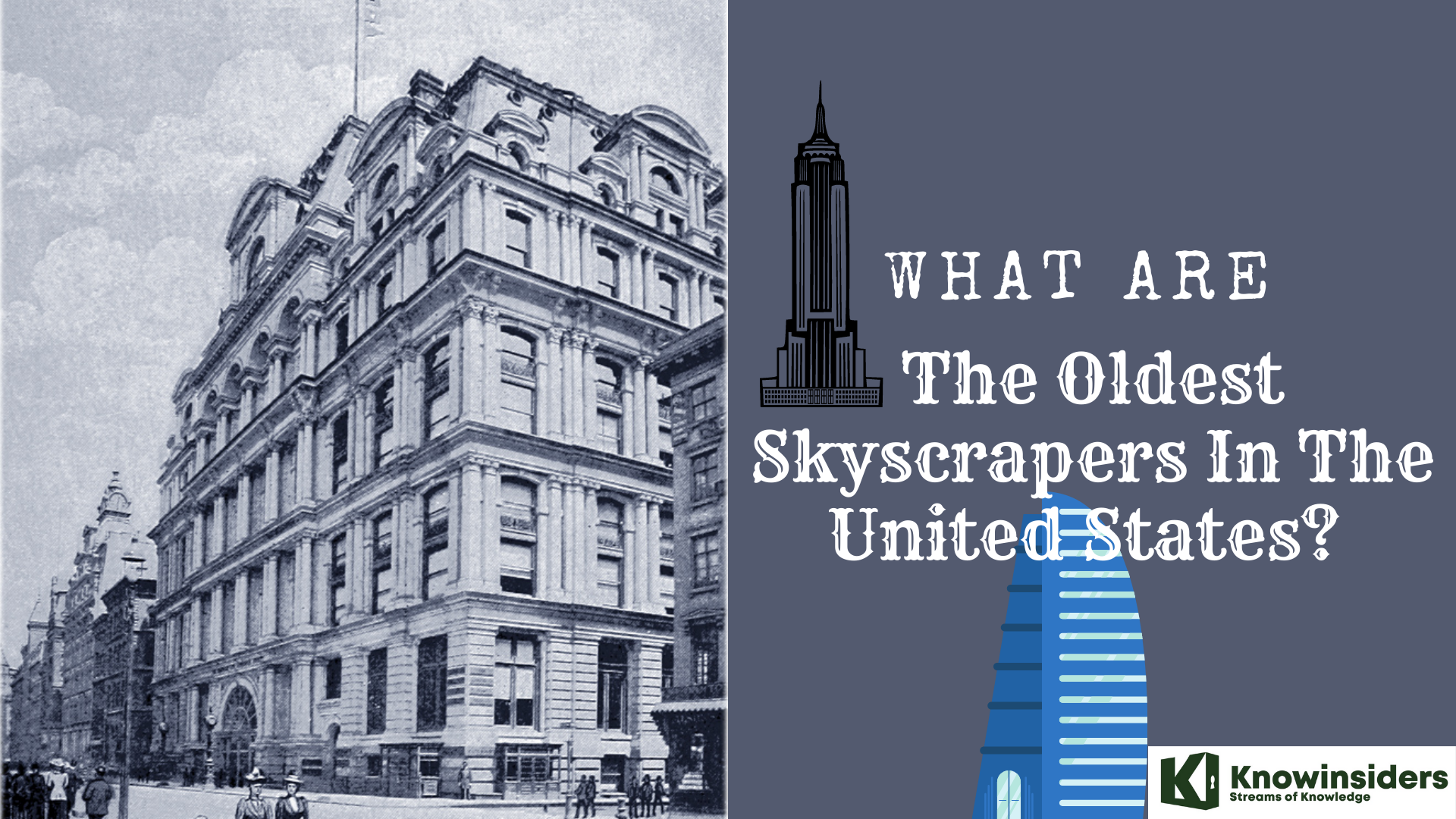 What Are The Oldest Skyscrapers In The United States? What Are The Oldest Skyscrapers In The United States? Ever since the first skyscrapers were built in the United States, they have been developing quickly in height and architecture. Take a look at these ... |
 Top 10 Oldest Buildings In The World - The First Buildings Top 10 Oldest Buildings In The World - The First Buildings Keep reading the detailed article below for the list of top 10 oldest buildings in the world - The First Buildings. |
 Top 10 Coldest Cities In The United States Top 10 Coldest Cities In The United States What are the top 5 coldest cities in the United States? Here’s the list, based on average temperatures, according to the National Weather Service. |


























